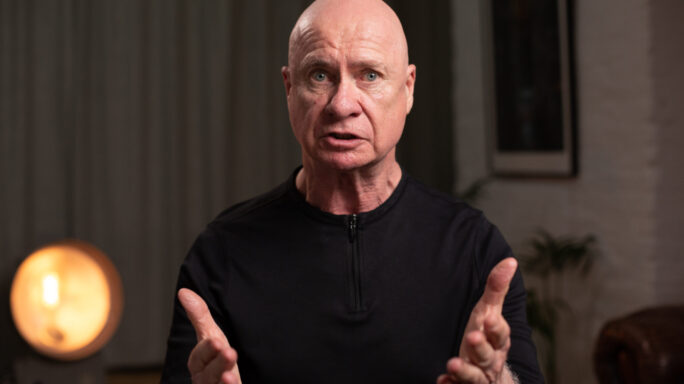Season 4: Thriving in a changing world
Build a leadership team to navigate change

One of the unavoidable lessons of the last few years is that change isn’t going away—it anything, the pace of change around us is growing exponentially.
One result of this is a growing acceptance that “change!” can no longer be used as a get-out-of-jail-free card—if it isn’t going away, then there’s no excuse to be surprised by it—instead, it’s up to us to get better at dealing with it.
The good news is that the most powerful tool in responding to change is one entirely in your control, and it’s this:
Build a balanced leadership team.
Specifically, as I show in my own book, The Synergist: How to Lead Your Team to Predictable Success, there are four key leadership styles (Visionary—all big picture, high risk and motivation; Operator—just “get it done”, pretty or not; Processor—measure twice, cut once, low risk, high precision, or Synergist—primarily people focused), and most of us have a default leadership “DNA” that means we turn up by default as just one or two of these styles.
In over 20 years of helping leadership teams respond to change, over and over again I’ve seen those teams with a V-O-P-S balance emerge from turbulent times earlier and stronger than those that are biased toward one style or another.
Here are the most common form of (unbalanced) leadership teams that I see and what to do if you recognise your team as one of them!
- Strong Visionary and Operator, weak Processor and Synergist (V/O team)
Where it usually arises: The V/O team is built through the early, fast-paced stage of growth where the customer is king, your favourite word is “yes” and you’re constantly rescuing success from the jaws of unreasonable commitments.
When it’s useful: You need the V/O combo to grow in the early days. It gives you the flexibility to turn on a dime. You have no need for the Synergist role as there’s nothing to “synergize” and too much process will hamper your growth.
When it is problematic: As you grow even further, the V/O team becomes overwhelmed, specifically because the team doesn’t have the Processor skills to install the systems and processes necessary to scale.
What to do next: Make the decision either to return to earlier (where you can still grow, but not scale) and maintain the V/O combo; or push through to scalability by adding a Processor (followed afterward by a Synergist to help unify the team). - Strong Visionary and Synergist, weak Operator and Processor (V/S team).
Where it usually arises: V/S teams develop within larger organizations where “leadership” and “management” have become separate, with a senior leadership team who see their role as setting the long-term vision of the business (V) and making sure everyone is aligned around that goal (S).
This group assumes that the implementation (O and P) can and should be left to their direct reports (the management group) and over time any residual O and P in the leadership group withers.
When it’s useful: A strong V/S team is really only useful for one thing: brainstorming. When you have a problem to solve and you want some good ideas, get a V/S team together. Unfortunately, that’s it. In the long run, it’s not great for managing a business.
When it is problematic: V/S-heavy teams will often circle the drains, unpick and rethink decisions, leave decisions unimplemented, and V/S team members can often leave meetings feeling positive but with a lack of clarity on what was agreed.
What to do next: Two things: First, look for team members with hidden O and P styles. They’ll be in your group, but their O and P will have been sucked out as it’s “not the way we do things”—encourage them to embrace their inner Operator or Processor and act as O and P “designated drivers”. Secondly, change the team culture—start recognizing and rewarding O and P successes and achievements and emphasise the vital importance of over time developing into a fully balanced V-O-P-S team.





Leave a comment